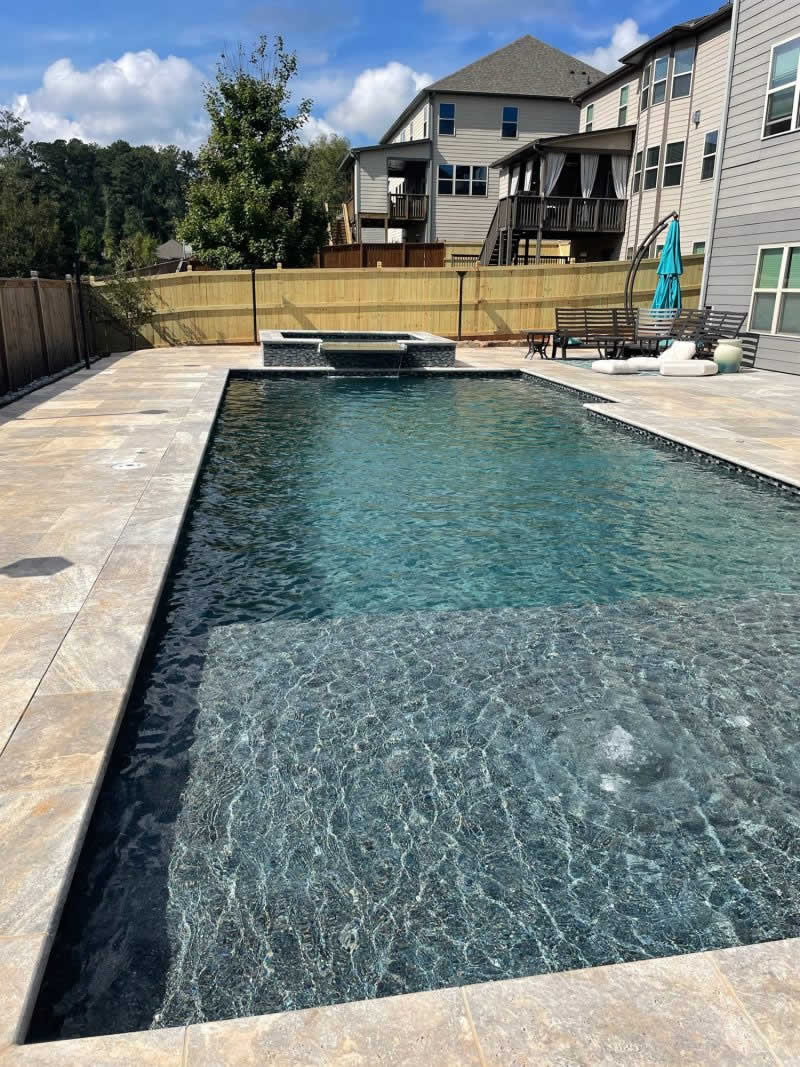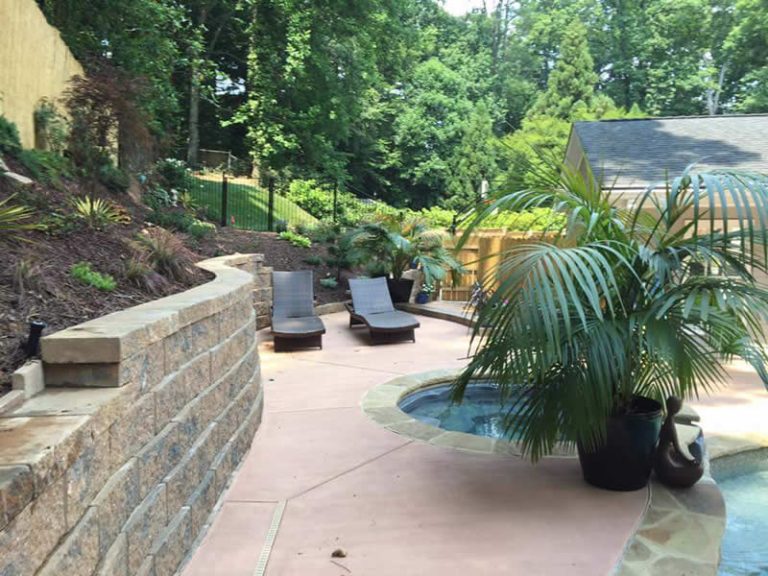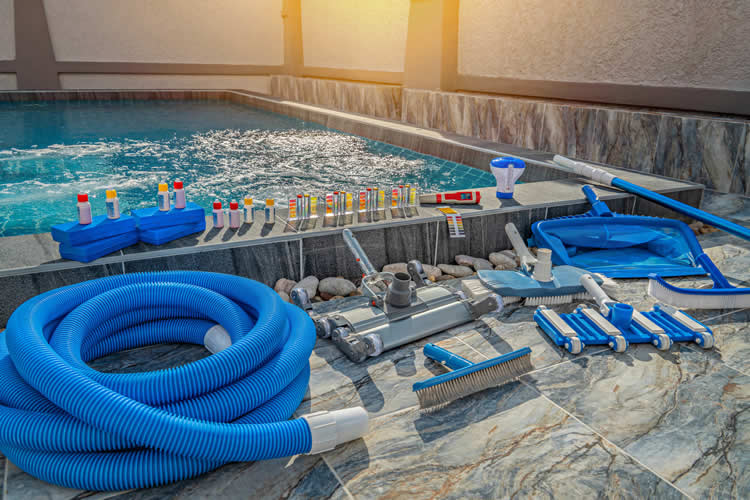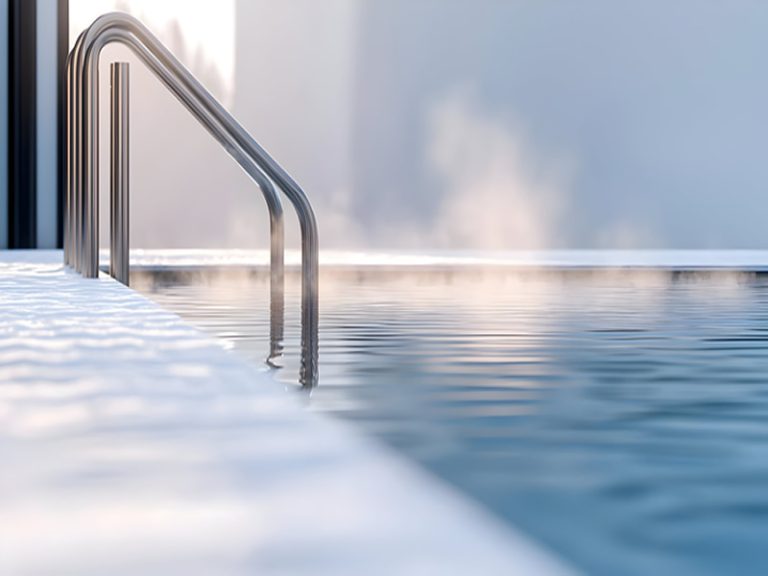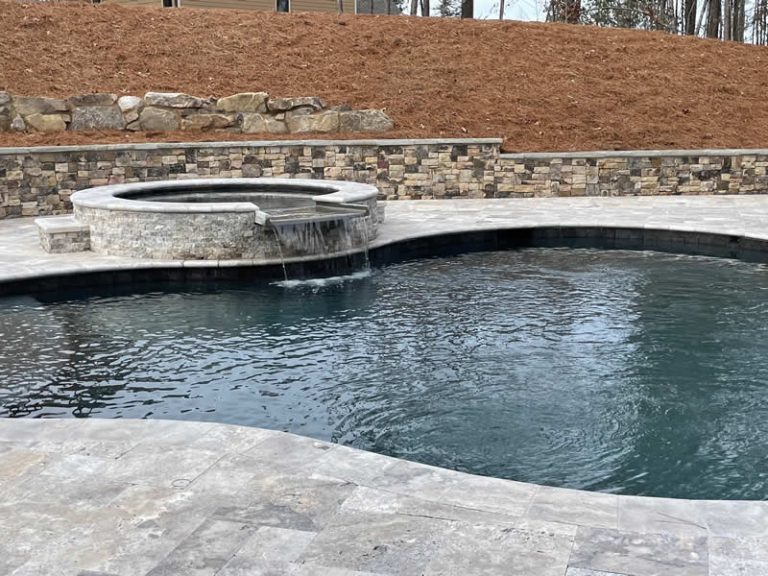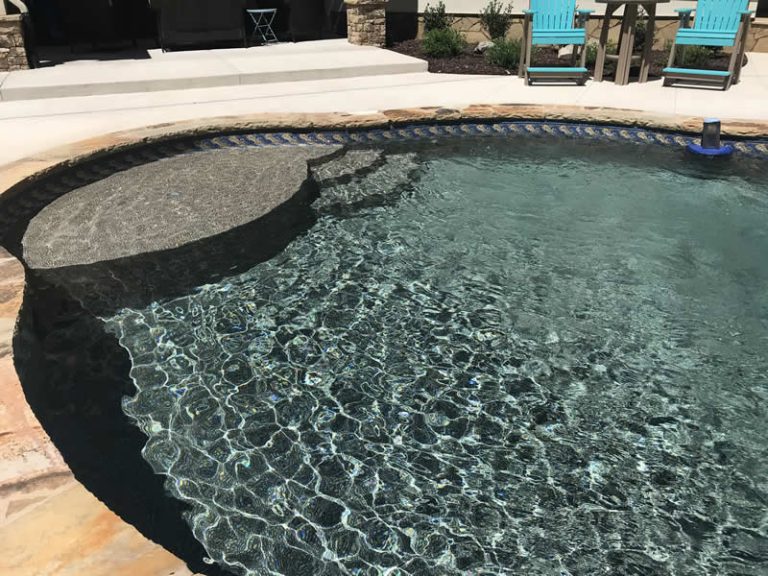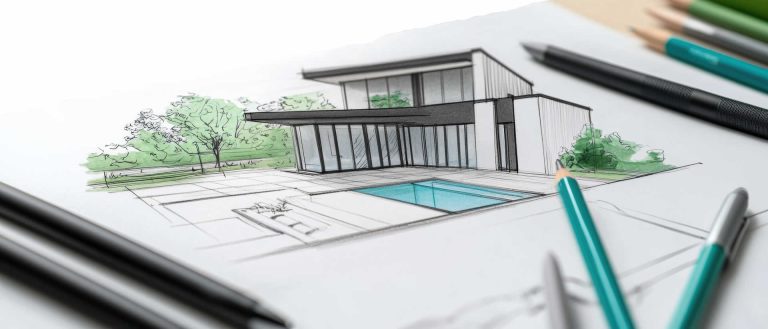Designing Pools for Small Backyards: What You Need to Know
A lot of homeowners assume they can’t have a pool because their yard “just isn’t big enough.” I hear it all the time — tight lots, narrow setbacks, uneven terrain — all reasons people think they have to give up the dream. The truth? With the right design and materials, even a modest backyard can hold an incredible pool that looks intentional and feels like a resort.
In fact, smaller yards often end up with the most creative, efficient, and visually stunning designs. It’s not about how much space you have; it’s about how you use it.
Start With Realistic Goals
Before a shovel ever hits the ground, you need to define what the pool is for. Are you looking for a place to cool off, a focal point for outdoor living, or a private retreat for relaxing at night? Once you understand the purpose, the design starts to take shape naturally.
In smaller spaces, every square foot matters. You won’t be able to include every feature — but you don’t need to. Prioritize function over footprint. A compact pool with a tanning ledge and a bench can be more enjoyable than a big pool you barely use.
A good builder will look at how you move through your yard — where the sunlight hits, how the house sits, where you already gather. The goal is to make the pool fit the space, not force it in.
The Rise of Plunge and Cocktail Pools
If your backyard feels tight, you’ve probably seen the words plunge pool or cocktail pool floating around online. These smaller-format pools are designed for exactly this situation.
A plunge pool is usually around 8×16 to 10×20 feet — deep enough for cooling off and swimming in place, but compact enough for patios or courtyards. They can include jets, benches, or even swim-current systems for exercise.
A cocktail pool goes even smaller — more like an oversized spa. These pools often double as entertainment features with built-in seating, LED lighting, and heaters that extend the season. They’re perfect for homeowners who want ambiance as much as function.
These smaller pools are also more affordable to build, heat, and maintain. That means less chlorine, fewer gallons to filter, and a fraction of the energy cost of a large pool.
Shape and Design Tricks That Maximize Space
When working with limited square footage, shape becomes your best friend. Rectangular and geometric pools make the most efficient use of area, especially along property lines or fences. They’re easy to fit into narrow or L-shaped yards and create clean sightlines that make the yard look larger.
Freeform shapes can work beautifully too, particularly if you want to soften the look or weave around landscaping or patios. Just remember that curves take up a little more real estate and can be trickier to cover with an automatic system.
Even small adjustments make a big difference. Extending the coping to align with your patio creates the illusion of more space. Adding a raised spa or water feature draws the eye upward, which balances proportions visually.
If you have sloped terrain — common across North Georgia — consider a multi-level design. Using retaining walls, planters, or deck tiers can turn elevation changes into architectural interest instead of wasted space.
Smart Placement and Flow
In a small yard, the relationship between the pool and house is everything. You want seamless access and clear views from the main living areas. Placing the pool just outside a back door or near an existing patio makes it feel like an extension of your indoor space.
Keep enough deck space for movement — ideally four to six feet of clear walking path around at least two sides. You don’t need a full perimeter walkway, but you should be able to access equipment easily and circulate comfortably.
When privacy is tight, use screening strategically. Planters, privacy walls, and vertical trellises can hide fences or neighboring homes while adding greenery. Even small touches like tall ornamental grasses or bamboo screens can transform the atmosphere.
Material Choices That Enhance Space
Certain materials naturally make small yards feel larger. Light-colored decking like ivory travertine or sandstone reflects light and expands visual boundaries. Mirrored or glass tile interiors amplify reflections and make the water pop.
For fencing, aluminum or glass panels maintain openness while meeting safety codes. Avoid solid walls right beside the pool — they make spaces feel boxed in. If you do need a wall, soften it with vines, lighting, or water features.
Built-in benches and ledges replace bulky furniture, saving space while adding function. Even simple details like narrow coping or flush deck edges contribute to a cleaner, more open look.
Features Worth Keeping (and Skipping)
It’s easy to over-design small pools — squeezing in too many features makes the space feel cramped. Instead, focus on one or two high-impact upgrades. A tanning ledge, waterfall wall, or fire feature adds luxury without clutter.
Skip oversized slides, diving boards, or wide diving wells. They eat up valuable depth and deck space. If you want kid-friendly fun, bubblers and LED lighting go a long way.
For heating and sanitation, compact electric heat pumps and salt systems fit neatly against a side wall or in a small equipment enclosure. Modern systems are whisper-quiet and efficient, which is perfect when the pool sits close to the house.
Lighting and Landscaping for Small Yards
Thoughtful lighting and landscaping make tight spaces come alive after dark. Low-voltage LED path lights, wall sconces, and underwater color accents add depth without overwhelming.
In terms of plants, stick to small-scale or columnar varieties like boxwood, flax lily, or dwarf palms. The key is layering — ground covers, mid-height plants, and a few vertical accents give dimension without overcrowding.
Mirrors, reflective tile, and well-placed uplighting also create the illusion of more space. Think of it like interior design for the outdoors — depth and contrast replace square footage.
What Small-Yard Owners Should Expect
Building in a confined space does take more planning and precision. Access for excavation can be limited, which may affect cost or equipment size. But with good coordination, it’s rarely a dealbreaker.
Most small-yard projects move faster once design and layout are locked in, simply because there’s less to pour, tile, and deck. Maintenance is easier too — smaller surface area means less brushing, fewer chemicals, and faster heating.
And perhaps best of all, smaller pools get used more. They’re easier to manage, faster to clean, and feel like an extension of your daily living space — not a project you have to “get ready” to enjoy.
The Bottom Line
A small yard doesn’t mean small potential. With thoughtful design and the right materials, compact pools become statement pieces. They feel private, personal, and perfectly scaled to your lifestyle.
The secret is to stop thinking about size and start thinking about experience. You don’t need acres to have a backyard that feels like a retreat — you just need a builder who knows how to make every inch count.
Let’s Talk …
Let us take care of your Pool & landscape
At Aqua Fun, we don’t just build pools — we build relationships that last for seasons to come. Our team takes the time to understand your space, your needs, and how you actually use your backyard. Then we craft solutions that make every swim, soak, or gathering more enjoyable. It’s not about selling you more; it’s about helping you get it right.
If you’ve been thinking about improving, repairing, or re-imagining your pool, let’s talk. We’ll meet you where you are, explain your options clearly, and make sure the whole process feels simple and stress-free. That’s the Aqua Fun way — real people, real care, and results that speak for themselves.
Mon – Fri
8:00 – 6:00

